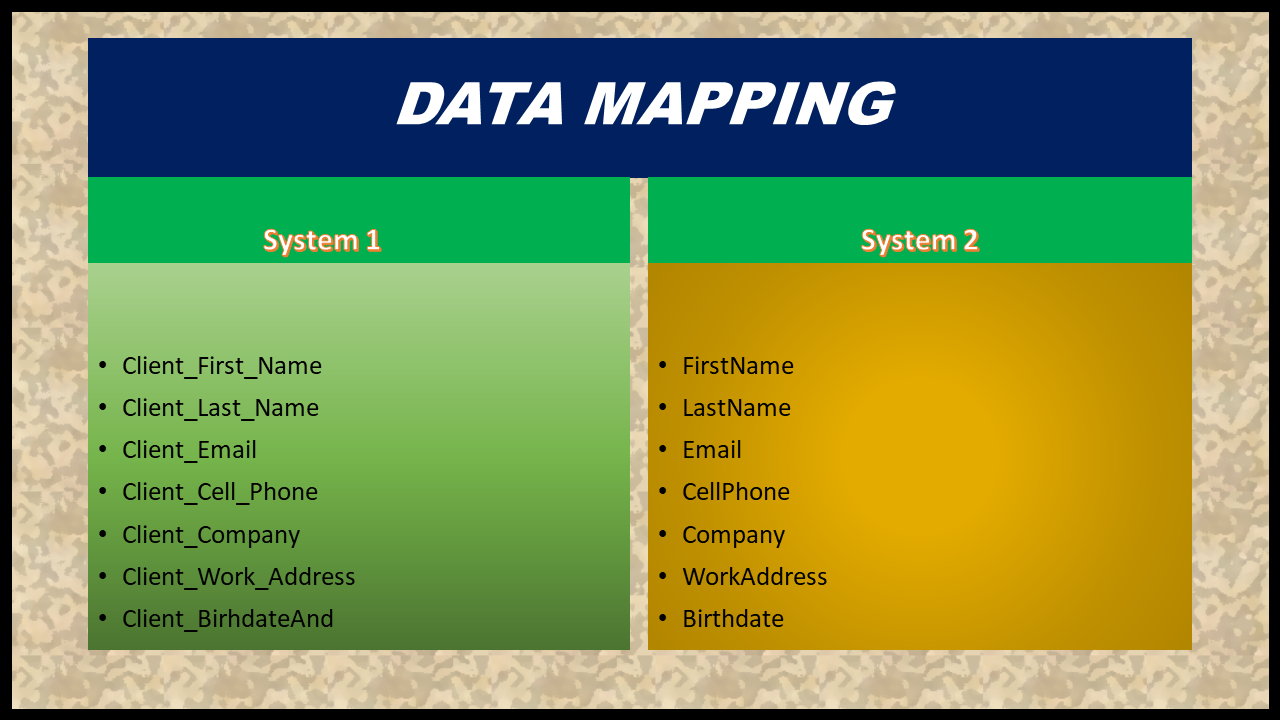Introduction
Future-Proof business analyst career – Your Business Analyst (BA) career, as you know it, is about to change. Don’t be caught unprepared. This isn’t just about learning new software — it’s about rethinking how you deliver business value in an age defined by automation, artificial intelligence (AI), and data-driven decisions.
The future belongs to Business Analysts who can adapt, innovate, and evolve beyond traditional requirements gathering. This article explores practical strategies, real-world examples, and actionable insights to help you stay ahead of the curve and future-proof your BA career.
The Shifting Sands of BA: Why Now Matters More Than Ever
Automation and AI Impact
Automation and AI are transforming traditional BA tasks like documentation, data collection, and requirement analysis. Tools such as ChatGPT, Power Automate, and UiPath are already handling repetitive work, freeing BAs to focus on strategic thinking and value creation.
Example:
In a banking project, a Business Analyst who once manually gathered transaction data can now use an AI-powered dashboard to auto-generate insights. Instead of spending hours collecting data, the BA focuses on interpreting patterns and recommending customer-centric strategies.
The “Why” Behind the Urgency
The BA role is evolving fast. Those who don’t adapt risk career stagnation. Businesses now expect BAs to be innovation partners, not just requirement documenters.
According to IIBA’s Future of Business Analysis Report, 70% of organizations are integrating AI-driven analysis tools, demanding higher-level analytical and digital fluency from Business Analysts.
Opportunity in Disruption
Disruption creates opportunity. BAs who understand emerging technologies and align business goals with digital initiatives are moving into leadership and product strategy roles.
Scenario:
A BA in a logistics company who upskilled in data visualization and AI-driven route optimization transitioned into a Product Owner role. Instead of reacting to change, they led the transformation.
Beyond Requirements: The Core Skills of the Future-Proof BA
1. Data Storytelling and Analytics
Future BAs must go beyond presenting numbers. They need to translate data into stories that drive decisions. Tools like Power BI and Tableau enable BAs to craft visual narratives that connect business users with data insights.
Example:
A BA in retail used Power BI dashboards to illustrate seasonal buying patterns, helping marketing teams design more effective campaigns.
➡️ Learn more: Data Analysis for Business Analysts
2. Strategic Thinking and Business Acumen
The next-gen BA must think beyond projects — they must understand how the business operates. Strategic BAs align solutions with long-term goals and measurable outcomes.
Real-World Tip:
During requirement workshops, ask questions like:
“How will this feature impact customer retention?”
“What’s the ROI of automating this process?”
This mindset shifts you from a task executor to a strategic partner.
3. Agile and Product Ownership Mastery
The agile era has redefined how BAs operate. Future-ready BAs embed themselves within Agile and DevOps teams, contributing continuously instead of delivering requirements once.
Example:
A BA working on a SaaS product adopted a Product Owner mindset, participating in sprint planning, backlog prioritization, and release reviews — ensuring faster delivery and stronger stakeholder alignment.
➡️ Related article: Agile Methodology for Business Analysts
Tech Stack & Toolbelt: Your Digital Edge
1. Low-Code/No-Code Platforms
Platforms like Mendix, Power Apps, and OutSystems empower BAs to prototype solutions quickly without deep coding knowledge. This accelerates delivery and enhances collaboration with development teams.
Example:
A BA in healthcare used Power Apps to build a claims submission prototype within days — saving weeks of development effort.
2. AI/ML Literacy for BAs
Understanding AI and machine learning concepts helps BAs identify opportunities for automation and predictive analytics. You don’t need to be a data scientist — just understand how AI supports business processes.
Scenario:
In an insurance project, a BA who understood machine learning helped design a predictive model that identified high-risk claims — reducing fraud by 20%.
3. Cloud-Native Environments
Modern BAs must understand how cloud systems (AWS, Azure, Google Cloud) affect business scalability, data privacy, and system integration.
Tip:
When documenting requirements, include “cloud implications” such as data residency, security, and integration layers to ensure long-term scalability.
Cultivating a Growth Mindset: Continuous Learning & Networking
1. Identifying Future Trends
Stay proactive. Follow emerging technologies, industry reports, and business models. Sites like Gartner, IIBA, and Harvard Business Review regularly publish insights on the future of business analysis.
2. Strategic Networking
Connect with innovators, thought leaders, and communities. Join IIBA chapters, attend BA webinars, and engage in LinkedIn BA groups. Networking exposes you to trends before they become mainstream.
3. Upskilling and Reskilling Pathways
Continuous learning is your best insurance policy.
Popular certifications include:
CBAP (Certified Business Analysis Professional) – for experienced BAs
ECBA – for beginners entering the BA field
Agile Analysis Certification (AAC) – for BAs in agile environments
➡️ Read: Becoming a Certified Business Analysis Professional (CBAP)
Your Action Plan: From Vision to Execution
1. Personalized Skills Gap Analysis
List your current skills vs. future needs. Identify gaps in areas like data analytics, cloud, or AI literacy. Free tools like LinkedIn Skills Assessment can guide your self-evaluation.
2. Building a 6-Month Learning Roadmap
Break your learning goals into achievable milestones.
Example Plan:
Month 1–2: Complete Power BI or Tableau basics
Month 3–4: Learn fundamentals of AI & automation
Month 5–6: Earn an Agile or Product Ownership certification
3. Showcasing Your Evolution
Update your LinkedIn profile, resume, and portfolio to reflect your new competencies. Share case studies, dashboards, and agile project outcomes that demonstrate your adaptability and digital fluency.
Real-Time Scenario:
A BA who posted a case study on LinkedIn about using ChatGPT for stakeholder communication received multiple job offers from innovative startups.
Conclusion: The Future Belongs to Adaptable BAs
The landscape of business analysis is evolving — fast. But it’s not about fearing change; it’s about embracing it. By enhancing your technical literacy, business acumen, and strategic mindset, you’ll not only stay relevant — you’ll lead the transformation.
Start today. Future-proof your BA career — because tomorrow’s opportunities belong to those who prepare now.

Business Analyst , Functional Consultant, Provide Training on Business Analysis and SDLC Methodologies.








